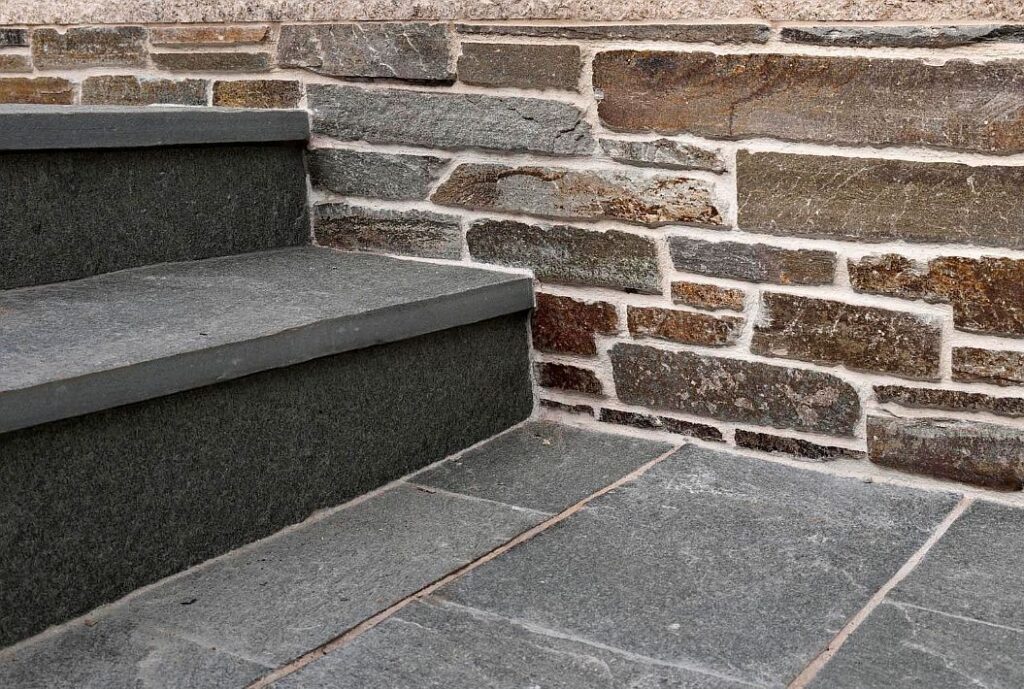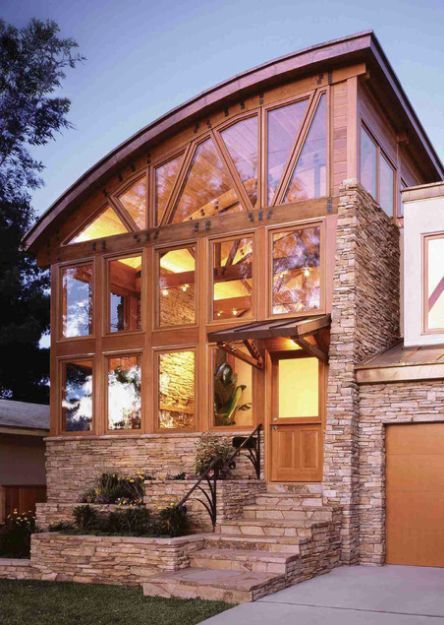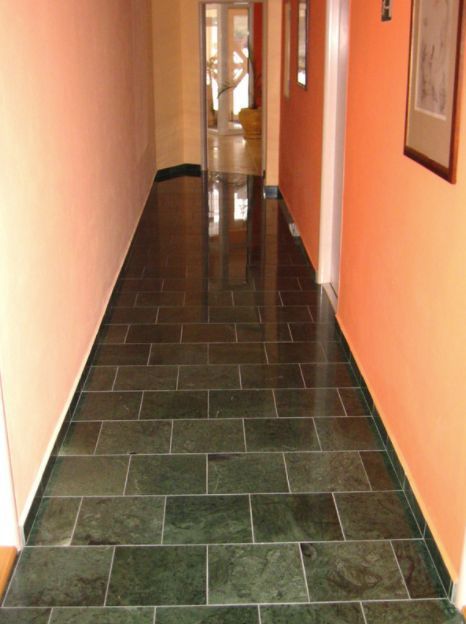How to use natural stone in the garden or in the exterior or interior

If it weren’t for natural stone, many historical architectural gems would have disappeared and they would not be here for us to admire today. Fortunately, there are still many left despite the fact that in the past people used to be quite ruthless when it came to repurposing stone. They would take apart a crumbling castle and used the stone it was made of until only the foundations remained. More often than not they even took the foundations apart. This practise has brought historians much joy on the one hand, but grief on the other. It has given them a lot to discuss, ponder and speculate about, but it has also caused them to despair that a castle was destroyed in order to build a farmstead, parsonage, or a cottage. Natural stone has never gone out of fashion and today it is made in all shapes and sizes – you can get natural stone veneer, tiles and other elements for the garden or the exterior or interior of your house. Moreover, we no longer need to take apart our neighbour’s house, as today stone is available in abundance and can be obtained in many forms.
Paving stones and stone veneer can be used both in the exterior or interior space. Although we can often encounter significantly cheaper and fairly good imitations made of concrete, stone is still the superior and more durable material. Furthermore, every piece is an original, whilst when using a concrete substitute (the so-called artificial stone) patterns and textures inevitably repeat. It is due to the fact that while concrete is poured into moulds, stone has to be quarried and shaped individually. Even though today we make use of modern technologies to minimize manual labour, the results are just like they used to be thousands of years ago.
Widespread use and original design
Natural stone can be used a variety of ways. Its greatest advantage is its high utility value. Natural stone is a high-grade material with unparalleled technical properties that make it next to impossible to imitate. Not one piece of stone is the same. The same goes for natural stone veneer, tiles, or other elements. Shapes, colouring and veining of natural stone are unique and irreproducible. The appearance of certain stones, especially sedimentary rocks (sandstone or limestone), allows us to identify the geological processes that formed them.
Natural stone can be used in original and untypical ways. We can choose form many kinds of natural stones. Apart from the sedimentary sandstone and limestone, there are for example marble, slate, travertine, granite, and others. Natural stone is a good-quality and durable material that is easy to maintain and can be successfully combined with other materials, such as wood, metal, ceramics, or others. It is versatile and fairly affordable.
Natural stone can be worked into various shapes, sizes, thickness and colour varieties. The customers can choose from natural, classical, or polished surfaces, irregular as well as regular format, various dimensions and cut or chopped edges. There is a wide selection of stone tiles, and even a wider selection of natural stone veneer.
Source: www.ceskestavby.cz


